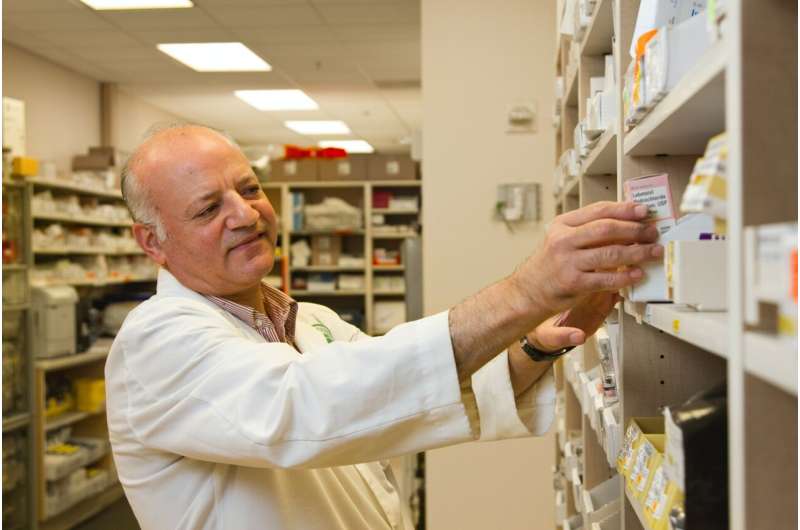Rising Concerns Over Nitrous Oxide Abuse at Concerts and Public Venues

Nitrous oxide abuse at concerts and music festivals is on the rise, posing serious health risks including addiction, brain damage, and death. Learn about the trending misuse and its dangerous consequences.
Nitrous oxide, commonly known as laughing gas, has become a prevalent feature at music festivals, concerts, and parking lots, raising increasing health and safety concerns. While legally used for medical and culinary purposes, an alarming trend has emerged: recreational inhalation of nitrous, or 'huffing,' often involving balloons and portable tanks known as whippets. Concertgoers and vendors frequently engage in this activity, which is often dismissed as harmless fun but can have severe health consequences.
In places like Colorado, nitrous tanks and balloons are openly sold in parking lots and head shops, sometimes for as little as $10 to $30 each. The gas is easily accessible online and at retail outlets, despite restrictions on recreational use. Users inhale the gas directly from canisters or balloons, experiencing brief euphoria that can quickly lead to addiction and health risks.
Medical professionals warn that improper inhalation can cause asphyxiation, brain damage, frostbite of the mouth, and even death. A recent case published in the New England Journal of Medicine documented a severe mouth injury resulting from nitrous abuse, sometimes called 'lung freeze.' Despite these dangers, the practice is gaining popularity, with a significant rise in related emergency room visits and fatalities reported in recent years.
Data from the National Survey on Drug Use and Health reveals that over 13 million Americans have tried nitrous recreationally, with millions more using inhalants like poppers and household solvents. The rise in usage is fueled by social media, with videos showcasing nitrous inhalation garnering millions of views. Companies marketing brightly colored nitrous products have intensified the trend, which is increasingly penetrating mainstream culture.
Legally, nitrous oxide is not classified as a recreational drug, but misuse can lead to serious health issues and legal regulatory actions. Enforcement at concert venues varies, often limited to confiscation and citations rather than arrests. The problem extends beyond the music scene, affecting suburban and recreational spaces, and complicating efforts for public health interventions.
Health experts emphasize the dangers of long-term use, including neurological damage and blood-related illnesses. They also highlight the challenges in tracking nitrous abuse due to its quick effects and common use alongside other substances. Despite efforts to raise awareness, the availability and popularity of recreational nitrous continue to grow, underscoring the need for stricter regulations and education.
Source: https://medicalxpress.com/news/2025-08-common-sight-concerts-nitrous-oxide.html
Stay Updated with Mia's Feed
Get the latest health & wellness insights delivered straight to your inbox.
Related Articles
USPSTF Recommends Screening Women of Reproductive Age for Intimate Partner Violence
The USPSTF recommends routine screening of women of reproductive age for intimate partner violence to facilitate care and support, based on recent evidence reviews.
Conflict Between Pharmacists' Values and Patient Rights in the Pharmacy Setting
This article explores the ongoing conflicts between pharmacists' personal beliefs and their professional duty to dispense medication, highlighting legal and ethical challenges in healthcare.
Growing Number of Kentucky Children Opting Out of Vaccinations
Kentucky faces declining childhood vaccination rates, with rising religious exemptions contributing to lower immunization coverage and increased risk of preventable disease outbreaks.
Innovative Cooling and Antioxidant Strategies to Minimize Hair Loss During Chemotherapy
New research demonstrates that combining precise scalp cooling with antioxidants can significantly reduce hair loss during chemotherapy, improving patient quality of life.



